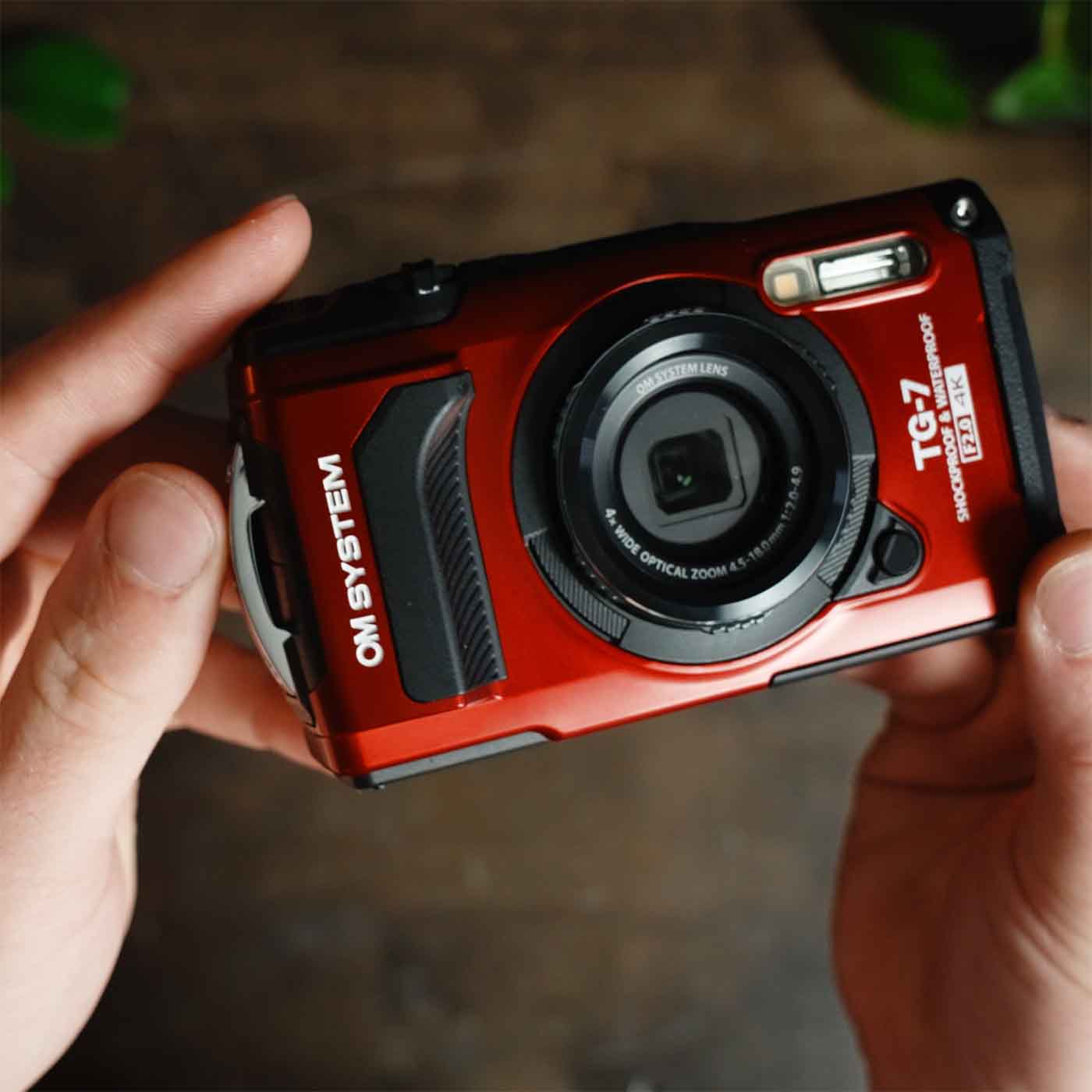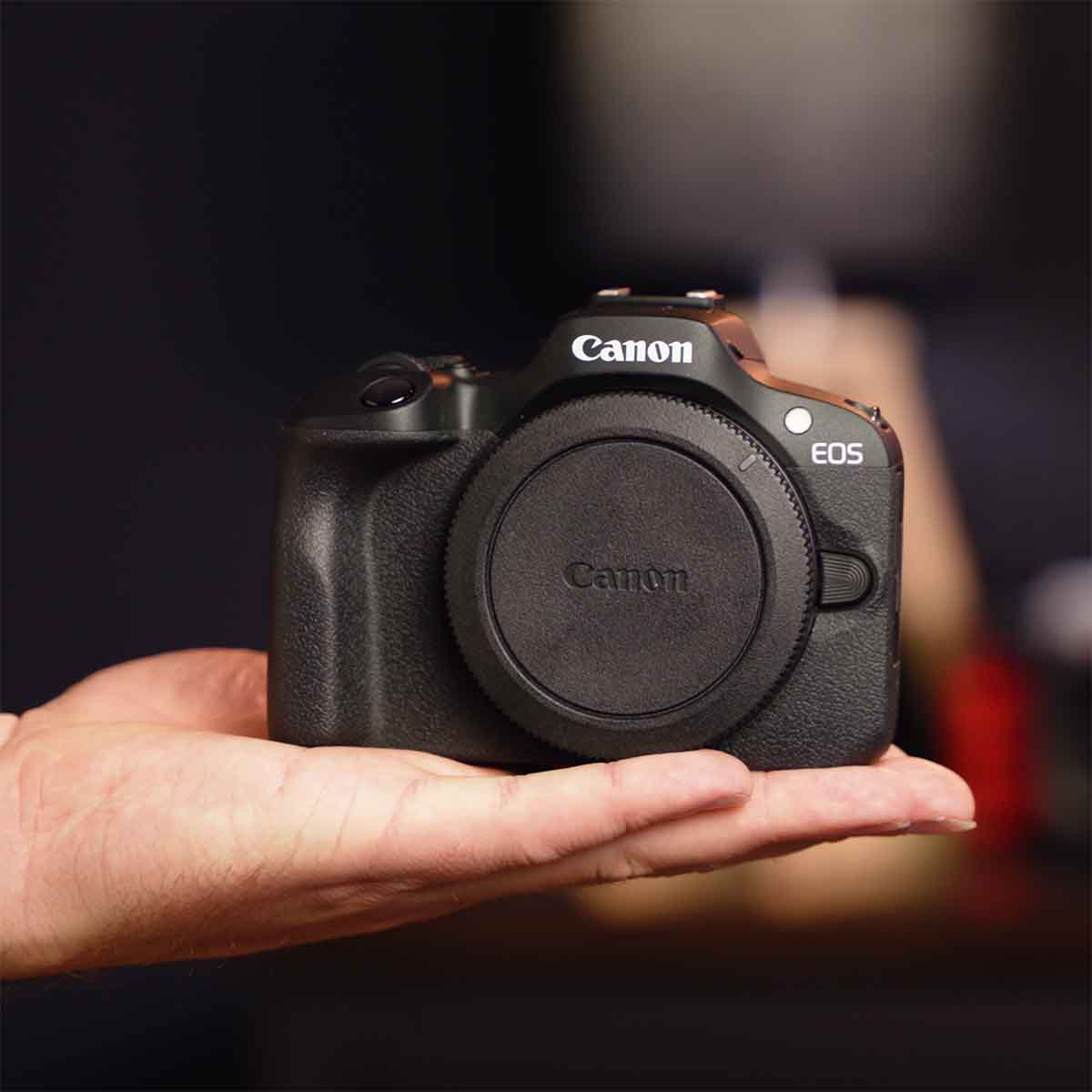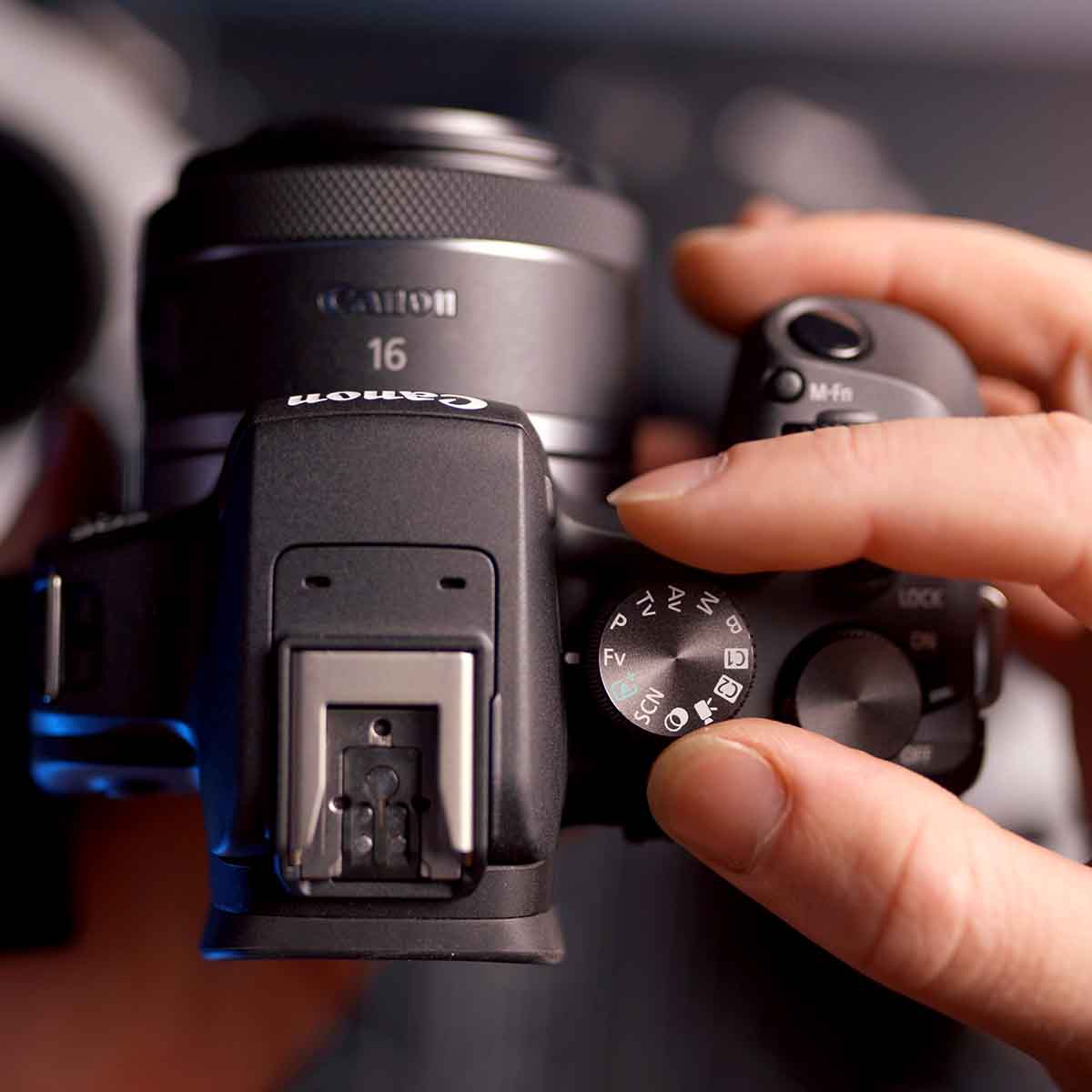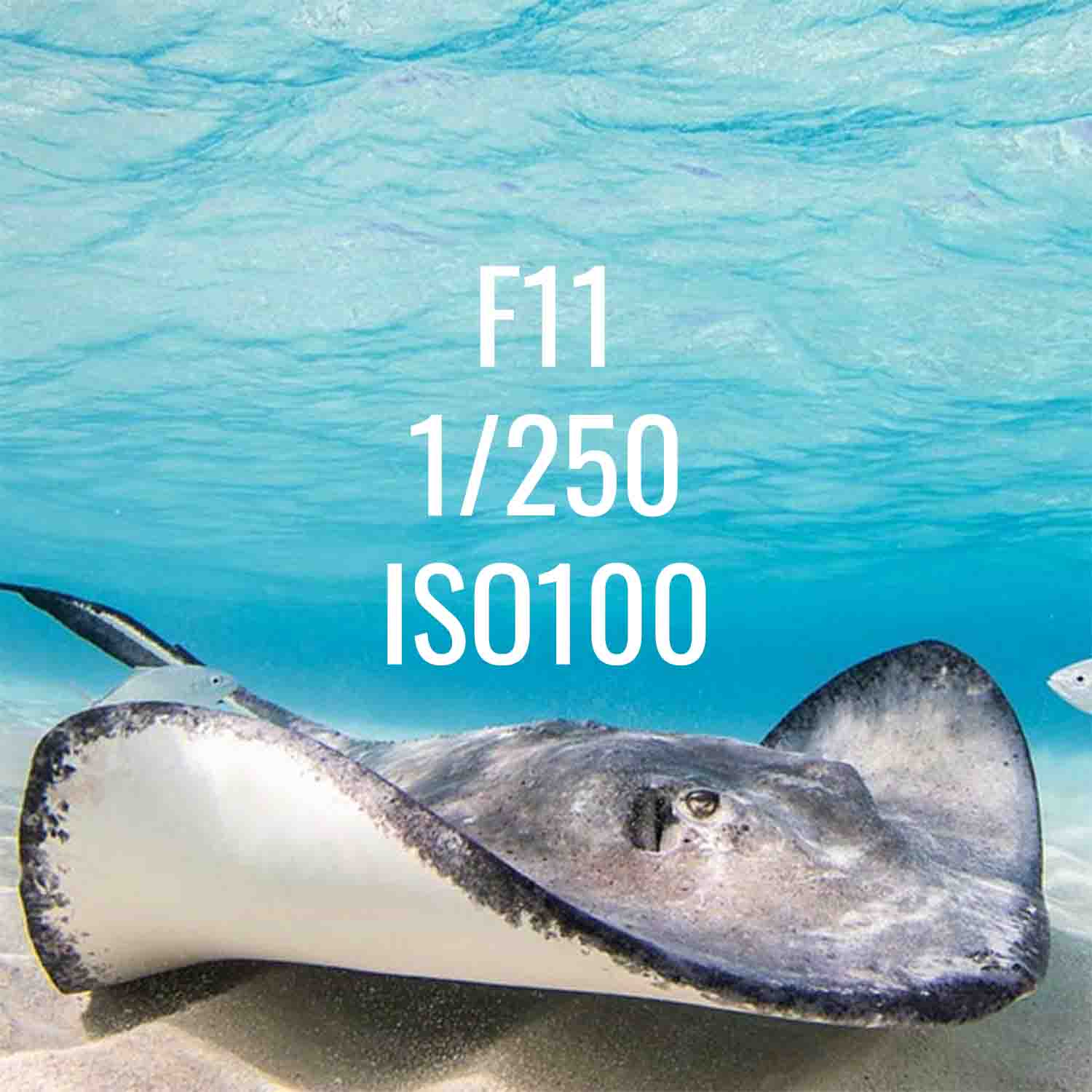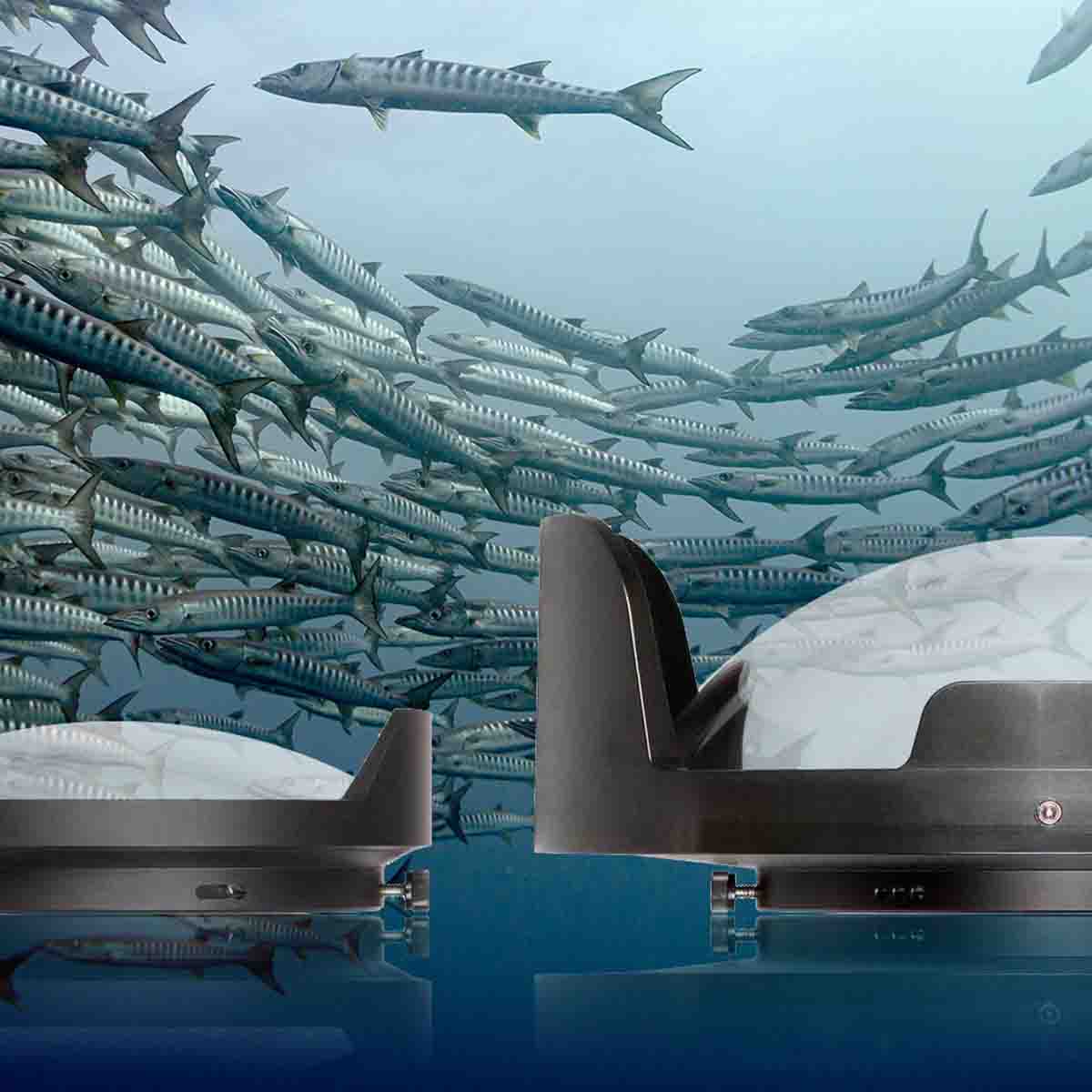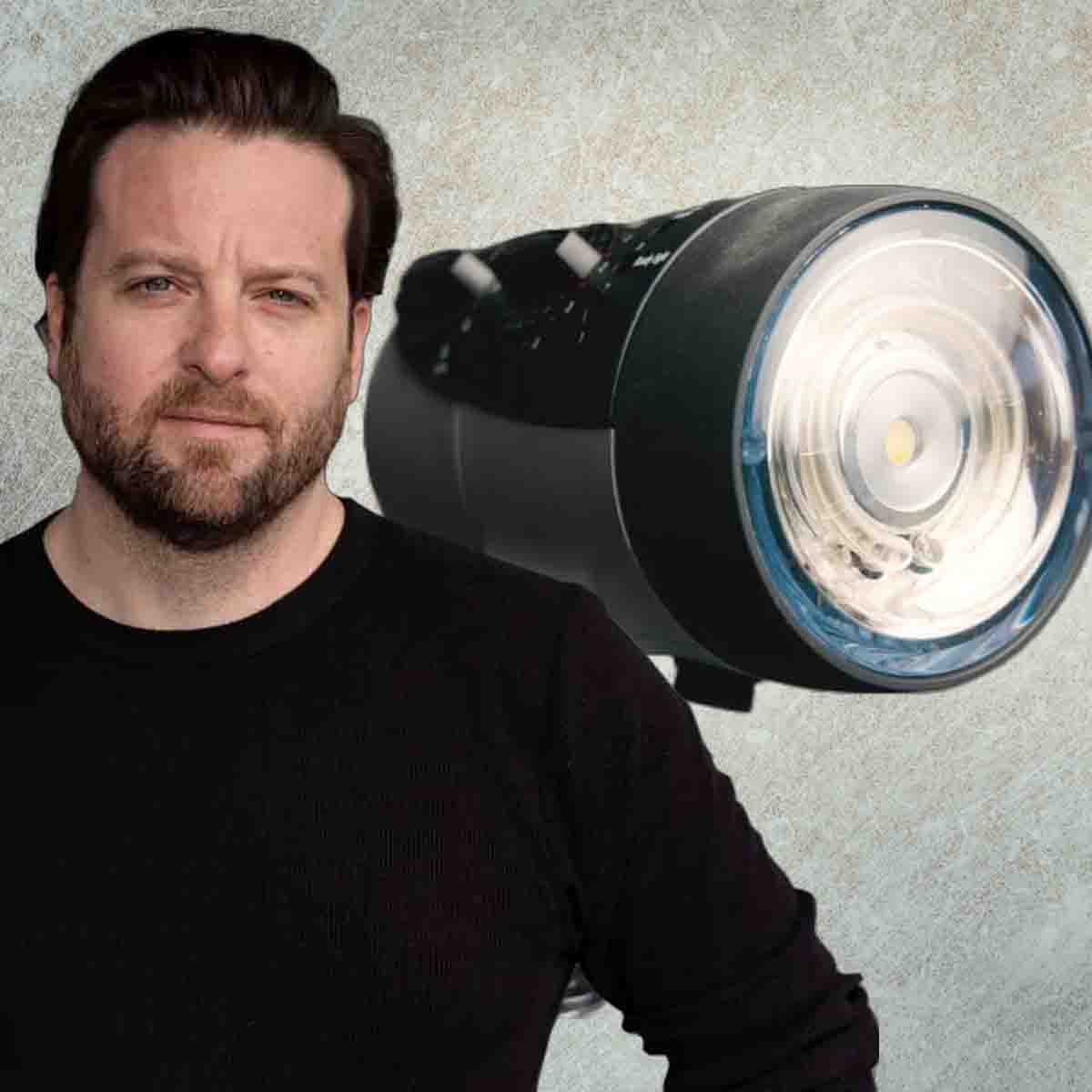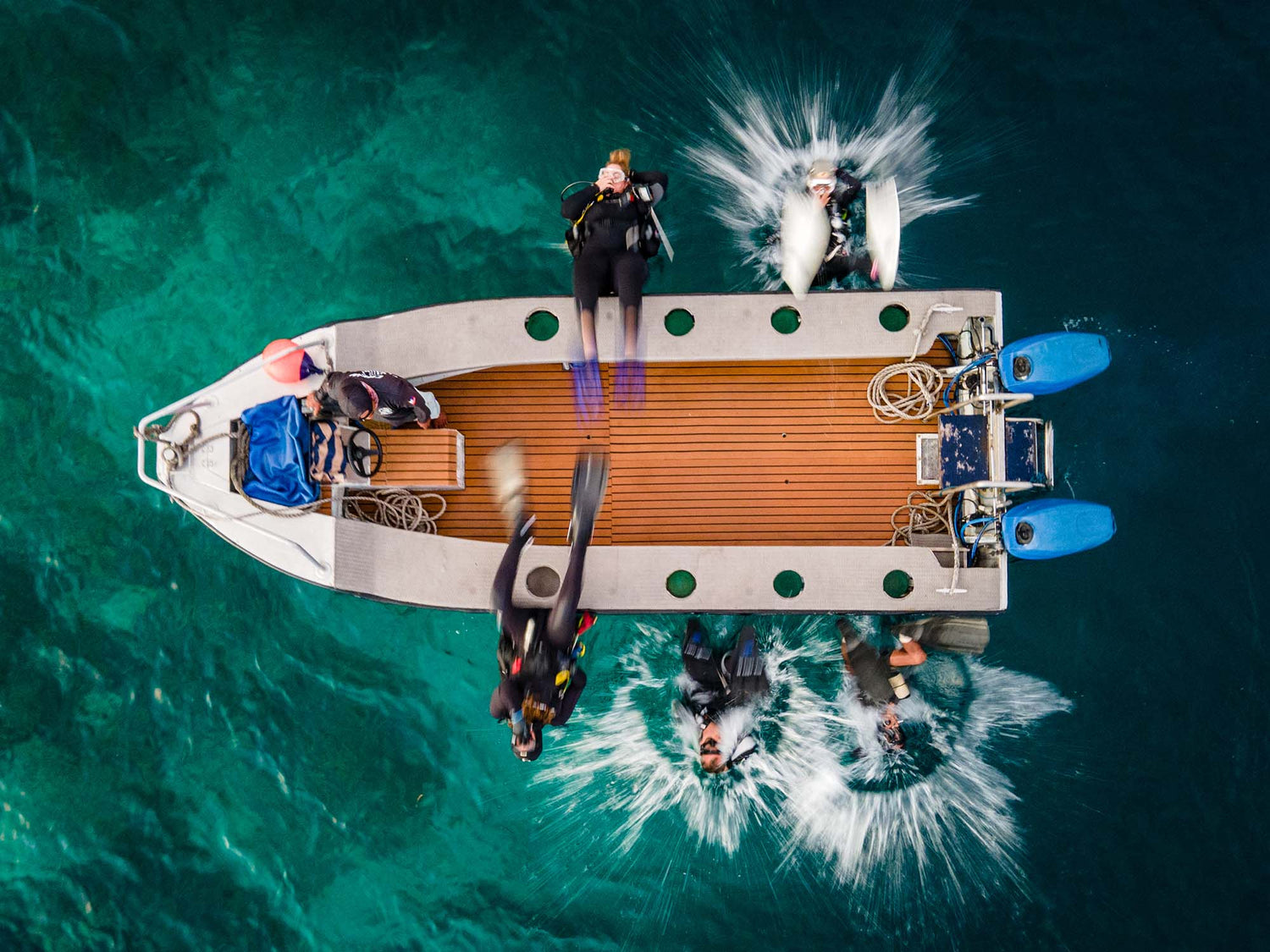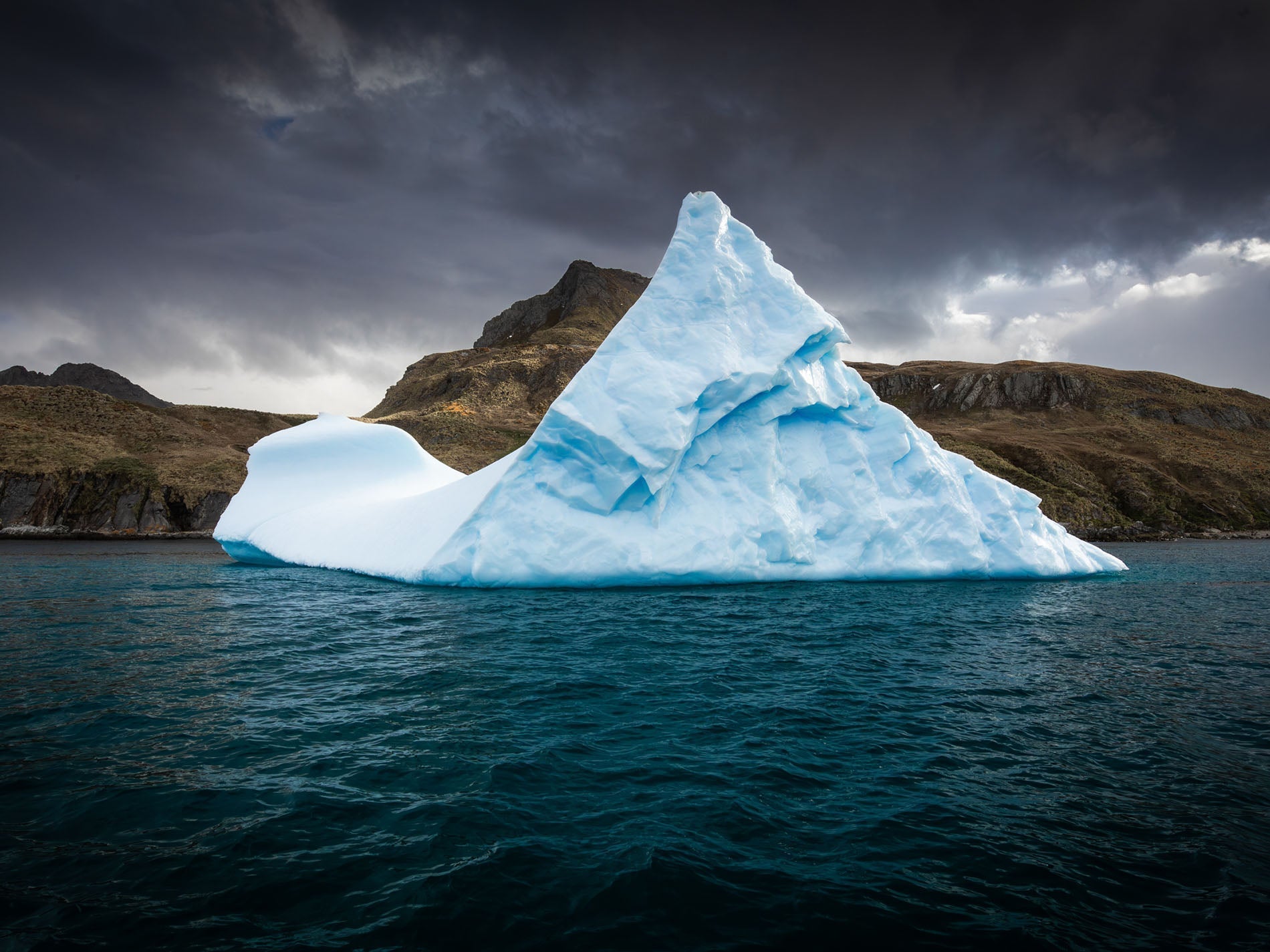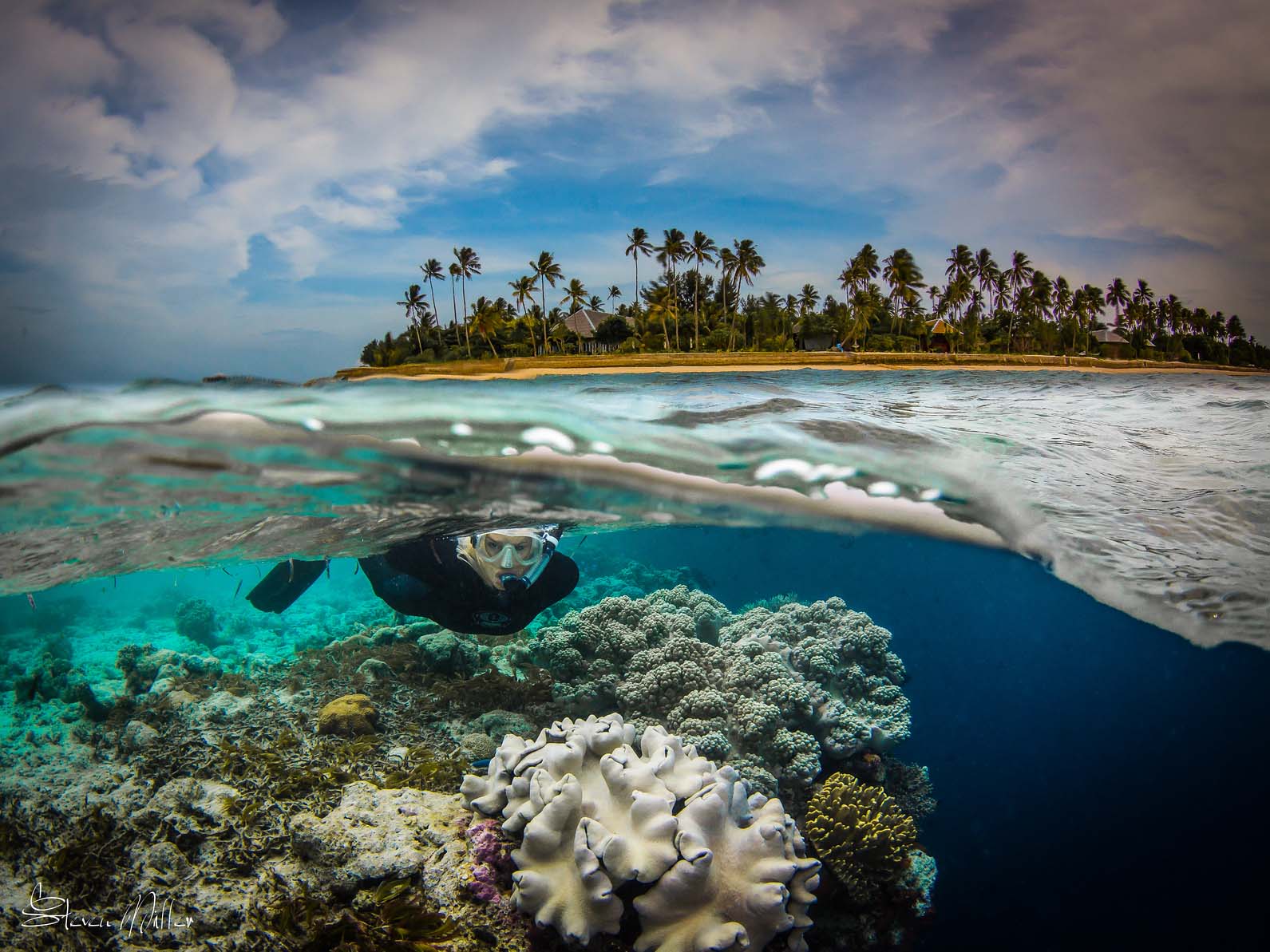Diving into the vibrant waters of Raja Ampat is nothing short of awe-inspiring. The underwater world here is a kaleidoscope of color, teeming with marine life that few places on Earth can rival. As an expedition photographer and guide, I consider myself incredibly fortunate to capture the beauty of this remote paradise for travellers and divers alike.

Raja Ampat is known for its incredible marine biodiversity and for the photographer-favorite manta rays. © Grant Thomas
Photographing in Raja Ampat demands a different approach than other dive destinations. While the waters are warm and welcoming, the sheer biodiversity and the vastness of the underwater landscapes present unique challenges. With visibility ranging anywhere from 10 meters (32 feet) to 30 meters (98 feet) and depths reaching up to 1,500 meters (4,920 feet), it’s essential to plan your dives carefully and be ready for anything.

Swiftly moving currents churn up nutrient-rich water which fuel Raja Ampat's marine diversity. These currents also present some challenges for underwater photographers. © Grant Thomas
Challenges of Underwater Photography in Raja Ampat
Raja Ampat’s warm, tropical waters are an ideal environment for vibrant marine life, but they can also present obstacles when photographing. The region's coral reefs, lush with life, often have strong currents that require quick thinking and good buoyancy skills. With currents constantly shifting, staying still long enough to frame the perfect shot can be difficult, as the water can move fast, sweeping divers along with it.

Turtles are another common creature feature of Raja Ampat. © Grant Thomas
The warm water also means frequent encounters with plankton and other microscopic organisms, which, while vital to the ecosystem, can sometimes cloud the water and reduce visibility, therefore strobe positioning and distances to subjects are important to consider. Additionally, the varying lighting conditions, from the soft morning glow to the bright midday sun, require constant adjustments to your camera settings.
Choosing the Right Camera Equipment
 Grant's underwater setup: Canon R5 II camera inside an Ikelite 200DL Underwater Housing with dual DS 161 Strobes and the DL5 DS TTL Converter.
Grant's underwater setup: Canon R5 II camera inside an Ikelite 200DL Underwater Housing with dual DS 161 Strobes and the DL5 DS TTL Converter.
For my Raja Ampat dives, I used a Canon R5 mkII, paired with wide-angle lenses inside my Ikelite housing. A wide-angle lens is essential for capturing the expansiveness of the reefs and the striking coral formations, as well as the larger marine animals that frequent the area. They are also essential for getting close to subjects and reducing the water between the camera and subject, which is a priority especially when the visibility drops.
Strobe lights are an essential for any underwater photographer and I chose to use my Ikelite DS161s which are powerful, with rapid reloading times and produce warm diffused light. During this trip I was also testing out my new DL5 DS TTL converter from Ikelite which was fantastic for when I didn't have time to adjust my strobes manually, such as when shooting moving Manta Rays.

Whatever you do, don't leave your strobes at home. Raja Ampat is known for its prolific colors and you'll need good lighting to capture all its beauty. © Grant Thomas
Encounters with Raja Ampat’s Marine Life
Raja Ampat is one of the most biodiverse marine environments on the planet. From schools of butterflyfish to graceful manta rays, the variety of life here is breathtaking. But the real stars of the show are the creatures that call the coral reefs their home. The area is famous for its thriving populations of reef sharks, Manta Rays, and the elusive pygmy seahorse.
One of my most memorable encounters was on Blue Magic dive site with five oceanic manta rays all taking turns to be cleaned by the little cleaner wrasse. These magnificent creatures glide effortlessly through the water, their wide wingspans casting shadows over the reef below. Their size and grace make them a photographer’s dream, but capturing them in motion requires patience and precise timing.

While melanism in marine creatures is typically rare, according to research out of Marine Megafauna Foundation, melanism in manta rays is most prominent in Raja Ampat. © Grant Thomas
Photographing the Coral Reefs
The coral reefs of Raja Ampat are nothing short of mesmerizing. The vibrant colors and intricate formations offer endless possibilities for stunning imagery. Finding an area of reef thats pretty enough to photograph is not the challenge, the challenge is composing an image that stands out among all the chaos of the reef. For this I would generally look for an area of reef or ‘bommy’ that can I can isolate by creating negative space, either by composition, contrasting colours or careful lighting.

Strobes are important underwater, especially when photographing reefscapes, to capture color and clarity in your image. © Grant Thomas
Jellyfish Lake
In the Misool area of Raja Ampat there is a very special lake, completely closed off to the Ocean and with a steep climb on foot to get to. The effort is worth every step though as it’s an experience like no other when you enter into the warm water surrounded by thousands of stingless jellyfish which slide over your skin and bounce off your head. The location is fantastic for photography due to the colour contrast of the golden jellyfish against the green water, as well as the lush forest which surrounds the lake and makes for great split shot photography.

A diver swims through thousands of jellyfish, creating a portrait you simply can't achieve in most other places. © Grant Thomas

Snell's Window is caused by the optical properties of water and can make for really interesting compositions, like this photo here. © Grant Thomas
The Reward of Underwater Photography in Raja Ampat

You'll never tire of subjects to shoot in Raja Ampat, use this bounty as an opportunity to practice new-to-you techniques like the Motion Blur technique used here. © Grant Thomas
Photographing underwater in Raja Ampat was an incredibly fulfilling experience. The combination of natural beauty, rich biodiversity, and the challenge of capturing it all made this trip one of the highlights of my career.
For those looking to capture the essence of Raja Ampat, preparation is just as crucial as creativity. The region’s dynamic conditions and abundance of life demand attention to detail and the ability to adapt quickly. Whether it’s diving with manta rays or framing a stunning coral reef, the experience offers endless opportunities to tell the story of one of the world’s great marine wildernesses.

There's no shortage of picturesque reefscapes in Raja Ampat. Adding your dive buddy's silhouette to the frame can help your shot stand out. © Grant Thomas
Insider Divers
The images featured in this article are from a trip to Raja Ampat that was organised by Insider Divers. If you'd like to learn more about upcoming expeditions visit their website www.insiderdivers.com.
Additional Viewing
Looking for the Beauty and the Beast: A Trip to Raja Ampat and West Papua Indonesia
Behind the Shot: DEEP Indonesia Best of Show Over-Under
Tonga Underwater with Humpback Whales and Grant Thomas
Underwater Photography in Antarctica with Grant Thomas
Canon R5 II Underwater in Little Cayman // Ikelite 200DL Underwater Housing [VIDEO]

Grant Thomas left Scotland with a degree in Engineering and a desire to travel. His travels developed into a passion for photography, a PADI SCUBA Instructor certification, and an underwater housing. Since then he's established himself as an award-winning underwater photographer including a distinction as British Underwater Photographer of the Year in 2018. He now works as a freelance photographer and expedition guide, leading tours and workshops to encounter and photograph animals like humpback whales and orcas. Read more...


